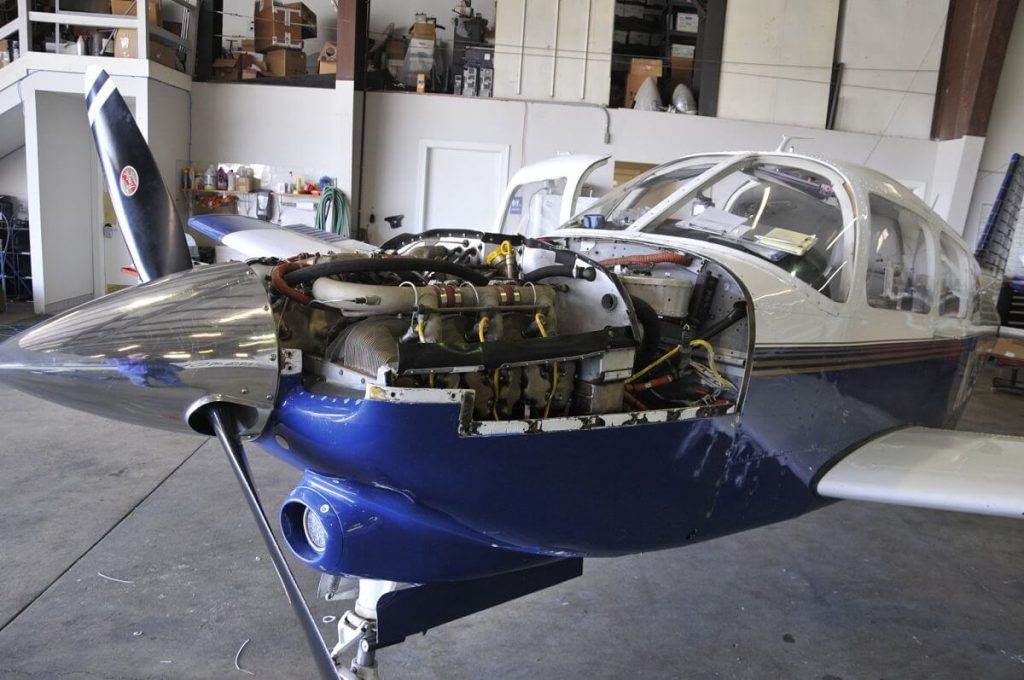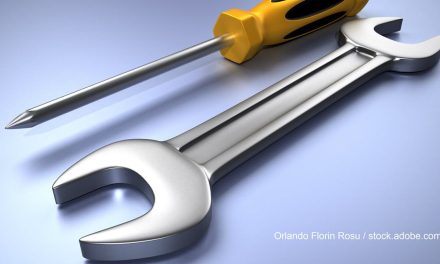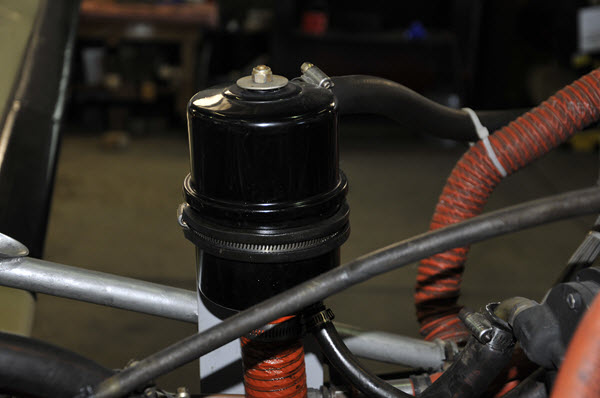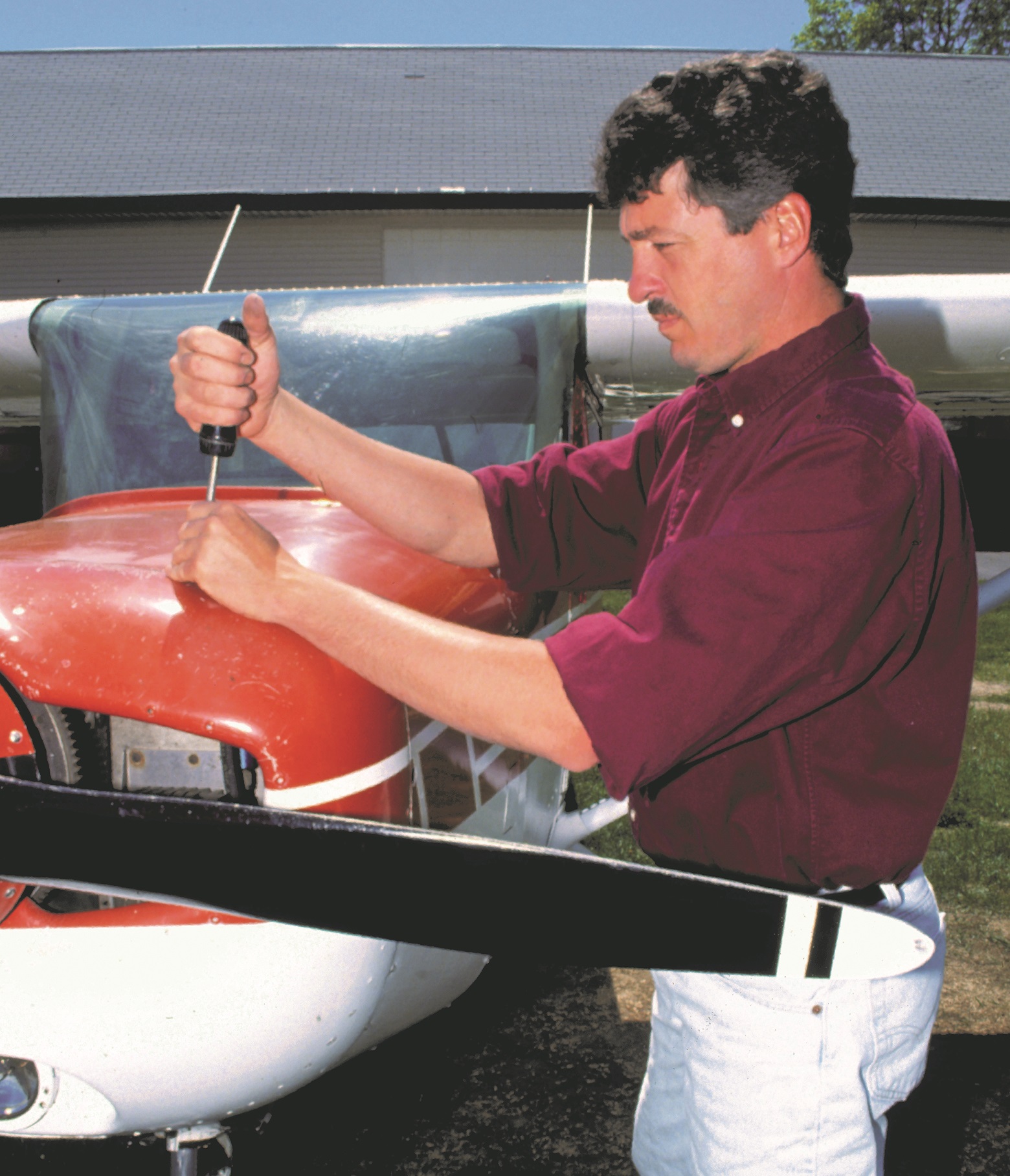
I was in my shop the other day — well, it seems like the other day, but it’s actually been about a month or more — thinking about what I need to do to get ready for winter. When you live in the upper Midwest you start thinking about those things that need to get done before the ice and snow arrive.
One thing I do is put a few moth balls in a couple of the corners of the shop. That doesn’t stop all the mice and bugs, but it helps cut back. Talking about moth balls got me to thinking about things we aircraft owners need to do if we are going to store or park our aircraft for any length of time.
First you need a plan and the plan needs to be based on how you plan to use the airplane over the winter. In my opinion, you have three different options.
- Storage – not flying for more than 30-45 days.
- Maybe – might fly but probably will be a few weeks between flights.
- Definitely – fly every day like it’s summer, don’t accept that winter is an issue.
If you are the type who parks the plane and travels around the world or relocates to a summer house without taking the trusty winged steed with you, you’re more of a “storage” person.
Let’s say you aren’t planning to use the aircraft on a regular basis but if it’s 50 degrees on January 1, you might want to take it for a flight around the pattern, just to say you did it. In that case you fall into the “maybe” category and might want to have a different plan that makes it easier to fly.
If you are the type who doesn’t care if there’s snow and ice, you might just slap a set of skis on the plane and get out there and fly, you are a “definitely” type of owner.
This article originally appeared int the November 2019 issue of PIPERS magazine.
Long-term storage
If you are going to turn your plane into a Kakapo (which is a large, nocturnal, flightless, lek-breeding parrot from Australia that’s considered a real oddity) you need to make plans to pickle your plane. And if you are wondering what “lek” means, the Australian male parrot hangs back and lets the mate make the advances, which is kind of what your aircraft is doing — waiting for someone to get it out of the hangar and take it for a “dance.”
Anyway, being in a storage state of mind means parking your aircraft for anything more than 30 days. Now you might be saying, I do that right now and I’m not in a storage mindset. Well, then that is something we need to talk about. Many people feel they can just let their aircraft stay in the hanger for days on end and not have any issues. The thought is “no fly, no problem.” Personally, I think that is a problem. An aircraft that has been parked and has not had a few minor things done deteriorates pretty quickly. Cables get stiff, rubber parts dry out, and then the neighborhood goes to heck. Mice move in in a matter of days, wasps and mud daubers start colonizing in hours, and before you know it there’s no room left for the pilot.
Plan ahead for long-term storage by starting with the engine. You need to treat the fuel to prevent it from breaking down. You also need to protect the internal parts of the engine to prevent corrosion during the extended vacation from flying. That can be by adding corrosion protection to the oil, running the engine briefly, and then spraying the inside of the cylinders with a good fogging oil. Reminder here, I am not a mechanic so make sure you talk to your mechanic and either follow their recommendations or have them get the plane ready for storage.
The risk of mice and bugs is where the moth balls come in handy. Some people do not like the moth ball smell, and I have been told they may be carcinogenic, so use at your own risk, but they do seem to help keep bugs and small vermin at bay. I have used scented dryer sheets too, but I did run into a mouse that used one for a nest so I am not convinced they work for all mice.
You might also make sure you have shields on you gear legs to prevent mice from climbing into the aircraft. The shields I’m thinking of are like those metal cones used to keep squirrels out of bird feeders.
Also, block any openings in the exhaust, intakes, and cowls. Not only do you block critters, but if you can block the air from getting into the exhaust and intake it helps reduce corrosion.
If your plane is going to be parked for 90 days or more, you might check with your aviation insurance broker to see if you can change your hull coverage to ground not-in-motion, this would protect the aircraft while it’s parked, not under its own power from things like storms, fire, and theft. Sometimes it can save you a bit of money. The reason it’s 90 days is most underwriters will not make a change to the coverage for just a couple of weeks.
Another thing to consider is having your insurance start around the time you put the aircraft in storage or take it out. The timing can make it easier to keep track of. We have a customer that parks the plane in October and doesn’t get it back out until April. When the policy is renewed in October it’s ground coverage only, when the owner is ready to fly in April the flight coverage is added to the policy for the remainder of the policy period.
Short-term storage
I hate to say it, but you really need to do pretty much the same thing you do for long-term storage for “maybe” storage. The aircraft runs the same risk for corrosion, infestation, and deterioration if you store for 30 days or 300 days. You might not pickle the engine as thoroughly, but instead run the engine every couple of weeks. That’s something to talk to your mechanic about.
As far as the insurance, if you never know when you’ll fly, don’t change the coverage. Don’t take the risk of forgetting to request the change to your coverage before you hop in for a quick flight around the pattern. The coverage changes are not automatic — the owner is the one who must make the request.
Another insurance issue that needs to be considered is based on the owner’s age and claim history. If you are an older pilot (say 75-plus) or have had a claim in the last five years you will not want to cancel your coverage while you store your aircraft. If you cancel coverage, the insurance company does not have to take you back. You would be new business and that can mean your age or history could put you at risk of not getting insurance. If there is any question, keep at least some sort of coverage in place (even if its liability only) even if you are not going to fly for months. Plus, many airports require proof of insurance to keep your hangar lease in place, so you’ll need something in that case.
This article originally appeared int the November 2019 issue of PIPERS magazine.
Flying year-round
Lastly, if you plan to fly all year long, just use the basic idea that you need to run the aircraft regularly and get the operating temperatures up in the green operating arc to help burn out the moisture. You will still have mouse and bug problems and it’s still important to keep your fuel tanks filled but if you are stopping at the hangar very other day, you can keep a pretty good watch over stuff.
In this case (and maybe during the shorter long-term storage), a good engine oil pan heater might be important. If the weather is cold, starting the engine with thick oil is going to be detrimental in the long run to the internal moving parts. Oil needs to flow, and cold oil doesn’t flow very well or at all. Keeping the oil warm and ready to go is a better solution especially since you never know when you might fly.





